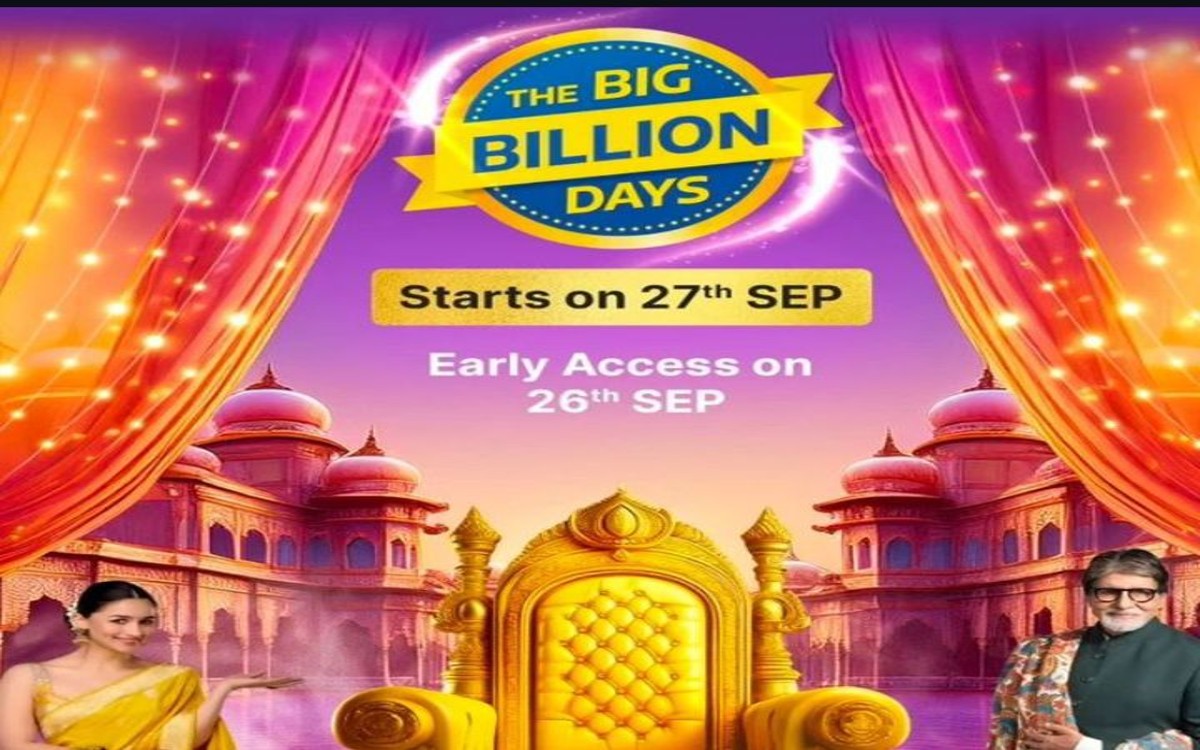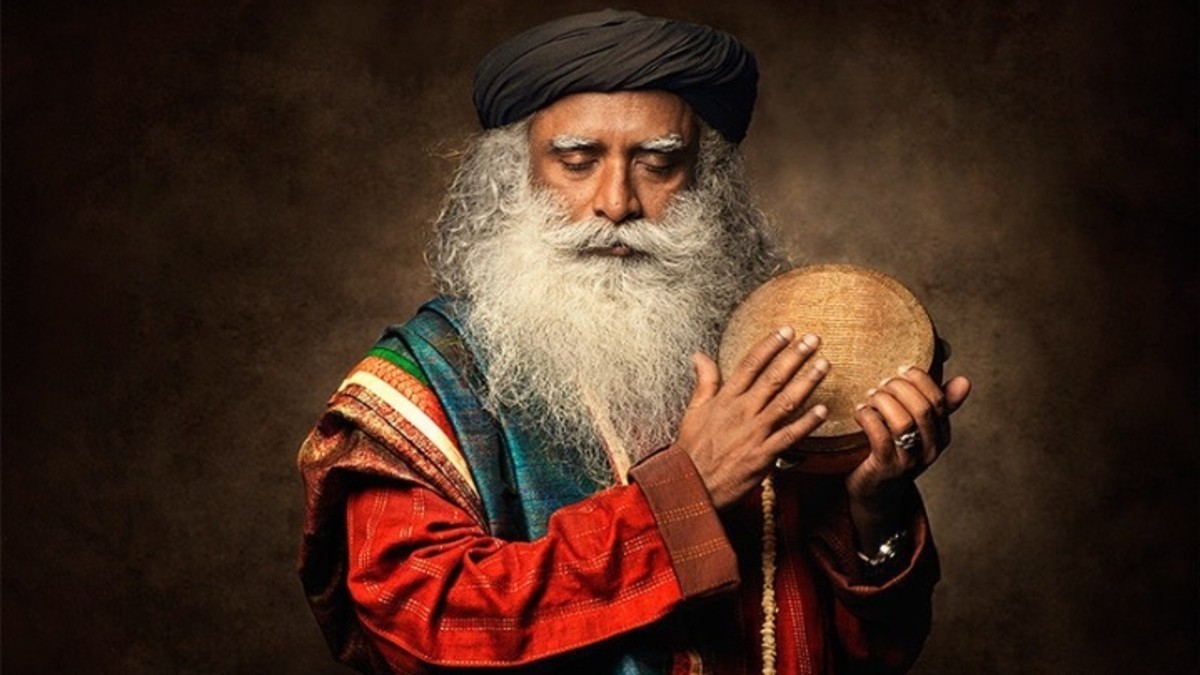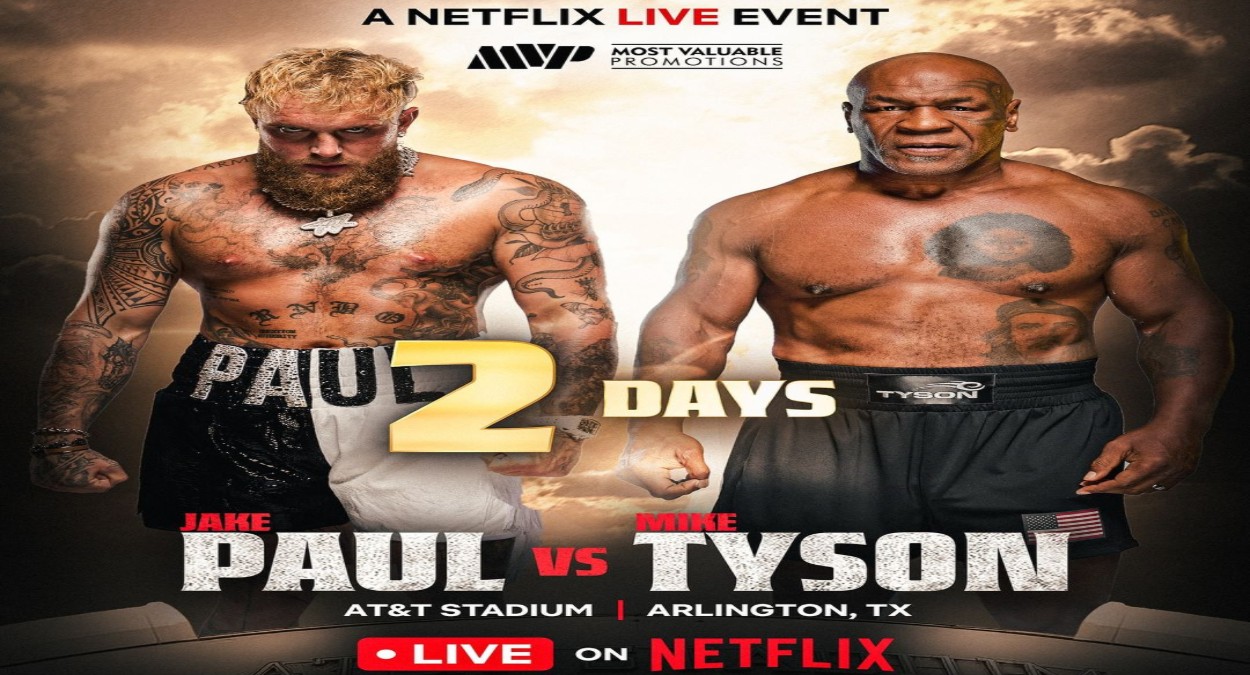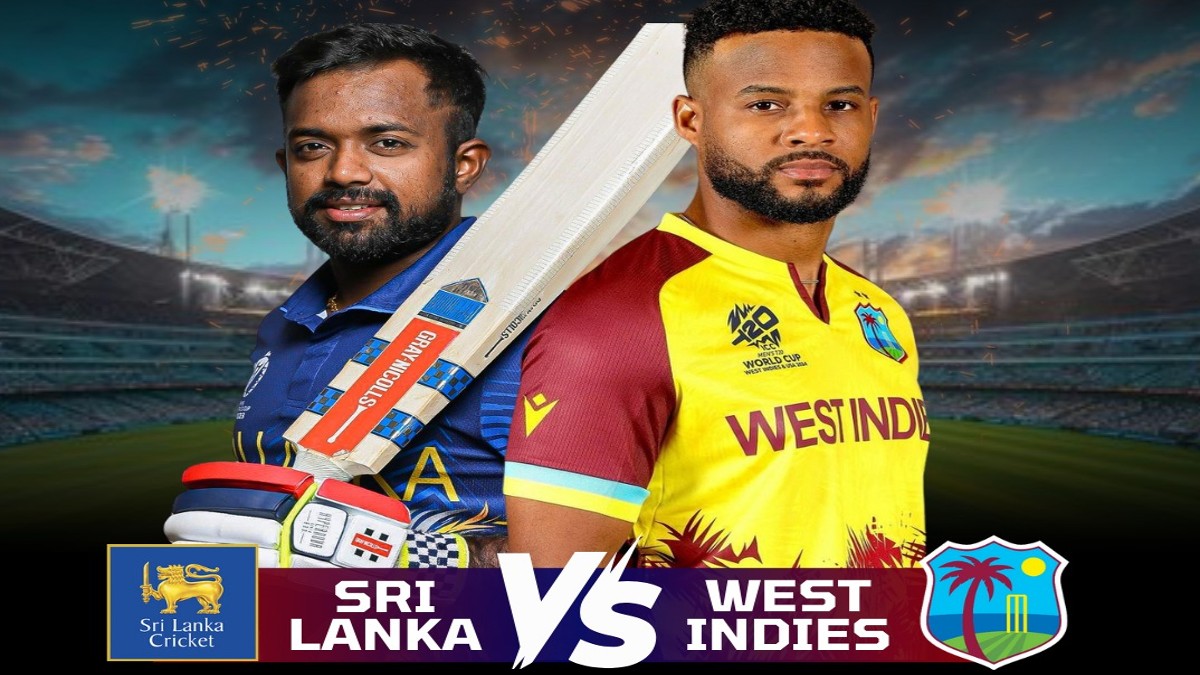
Flipkart Big Billion Days
The Flipkart Big Billion Days (BBD) is one of the most anticipated shopping festivals in India. Since its inception, BBD has evolved into a massive online event, offering a wide range of products at significant discounts. From electronics and fashion to home decor and groceries, it attracts millions of shoppers every year. This annual sale has become synonymous with online shopping in India, rivaling major global sales events like Black Friday and Amazon’s Prime Day. In this article, we’ll explore the history, impact, marketing strategies, and significance of Flipkart’s Big Billion Days, examining why it has become such a critical part of the Indian retail landscape.
The History of Big Billion Days
Flipkart, founded in 2007 by Sachin and Binny Bansal, has grown to become one of the largest e-commerce platforms in India. As it faced increasing competition from Amazon India, Flipkart introduced the Big Billion Days sale in 2014 to boost sales and attract a wider customer base. The first BBD event, however, wasn’t without its challenges. The overwhelming response led to website crashes, product shortages, and customer complaints. Despite these issues, the potential of the event was clear.
Flipkart quickly learned from its initial mistakes, and each subsequent edition of BBD has been more successful than the last. By enhancing their infrastructure, introducing better deals, and refining logistics, Flipkart managed to turn the Big Billion Days into an annual extravaganza. Over the years, BBD has grown in scope and scale, now encompassing millions of products and collaborations with hundreds of brands.
The Evolution of the Sale
The Big Billion Days sale has seen significant changes since its inception. Initially, it focused primarily on electronics, but Flipkart gradually expanded the categories to include fashion, home appliances, furniture, toys, and more. Today, almost every category on the platform is included in the sale, catering to a wide variety of customer needs.
One of the key features that set BBD apart is the deep discounts and exclusive deals. During the sale, shoppers can expect discounts of up to 80% on selected items. Moreover, Flipkart collaborates with leading financial institutions to offer cashback deals and no-cost EMI options, making high-ticket items more affordable.
In addition to discounts, Flipkart introduces limited-time flash sales, which offer products at heavily discounted rates for a short period. These flash sales generate excitement and urgency among shoppers, driving even more traffic to the platform. The “rush” to secure products before they run out has become an integral part of the Big Billion Days experience.
Marketing and Partnerships
The success of Big Billion Days can be attributed in part to Flipkart’s aggressive marketing strategies. Months before the sale begins, Flipkart starts its promotional campaign, building anticipation through teasers, social media, and collaborations with celebrities. Top Bollywood stars and sports icons often endorse the sale, creating widespread awareness and buzz.
Additionally, Flipkart has formed strategic partnerships with leading brands across multiple categories to offer exclusive product launches during the Big Billion Days sale. For example, popular smartphone brands such as Xiaomi, Realme, and Samsung often unveil new models exclusively on Flipkart during BBD, providing customers with early access to cutting-edge technology.
One of the most significant partnerships that Flipkart has established is with financial institutions like HDFC Bank, ICICI Bank, and Axis Bank. These collaborations allow customers to avail of additional discounts, cashback offers, and EMI options, making high-value purchases more affordable. The ease of payment options and financial benefits has played a crucial role in driving sales during the event.
The Role of Technology and Logistics
A large part of the success of Big Billion Days can be attributed to Flipkart’s investment in technology and logistics. After the challenges faced in 2014, Flipkart significantly upgraded its infrastructure to handle the surge in traffic. Today, the platform employs sophisticated algorithms to ensure a smooth shopping experience, even during peak times.
Artificial intelligence (AI) and machine learning (ML) play a pivotal role in optimizing the sale. These technologies help personalize the shopping experience for users by recommending products based on browsing history, preferences, and previous purchases. Moreover, AI helps in demand forecasting, allowing Flipkart to stock up on high-demand items and reduce stockouts.
Logistics is another crucial aspect of ensuring the success of Big Billion Days. Flipkart has built an extensive supply chain network across the country, including fulfillment centers, warehouses, and last-mile delivery hubs. With the help of its in-house logistics arm, Ekart, Flipkart ensures timely deliveries even during the busiest sale period. Ekart’s reach has expanded to cover remote and rural areas, ensuring that even customers in smaller towns and villages can take advantage of the sale.
To further streamline deliveries, Flipkart has introduced features such as “Same Day Delivery” and “Next Day Delivery” in select cities, enhancing customer satisfaction. During BBD, the company employs additional personnel and partners with third-party logistics providers to manage the surge in orders.
Consumer Behavior During Big Billion Days
Consumer behavior during Big Billion Days is characterized by high levels of excitement and urgency. The heavy discounts and limited-time offers encourage impulse buying, with many customers making purchases they may not have planned. Categories like electronics, smartphones, and home appliances see a massive surge in sales, as shoppers wait for BBD to buy big-ticket items at reduced prices.
Moreover, the festival atmosphere created by Flipkart’s marketing campaigns adds to the sense of occasion. Consumers often save up for months leading up to the event, eager to snag the best deals. In recent years, the sale has seen participation from not just urban customers but also a significant rise in orders from Tier II and Tier III cities, thanks to Flipkart’s expansion of its logistics network and increased internet penetration in rural areas.
The integration of mobile apps has also changed the way consumers shop during BBD. The majority of shoppers now use Flipkart’s mobile app, which provides a seamless and intuitive shopping experience. Features such as push notifications, app-exclusive deals, and early access to sales encourage app usage, driving a significant portion of the traffic during Big Billion Days.
Economic Impact and Market Competition
The Big Billion Days sale has a significant impact on India’s e-commerce sector and the broader economy. It not only boosts Flipkart’s revenue but also benefits the sellers, manufacturers, and logistics providers associated with the platform. During the sale, thousands of small and medium-sized enterprises (SMEs) experience a sharp increase in sales, enabling them to reach a larger audience and grow their businesses.
For sellers, Big Billion Days represents an opportunity to clear out old stock and promote new products. Many sellers prepare for months in advance, ensuring they have sufficient inventory to meet the increased demand. Flipkart offers various support systems to sellers, such as training programs, advertising tools, and data insights to help them succeed during the sale.
The economic ripple effects of the Big Billion Days sale extend beyond Flipkart’s platform. The increase in sales during the event leads to a surge in demand for products across industries, from consumer electronics to textiles. Manufacturers ramp up production to meet the demand, creating employment opportunities across various sectors.
In terms of market competition, the Big Billion Days sale has intensified the rivalry between Flipkart and its main competitor, Amazon India. Both companies schedule their annual sales around the same time, leading to a fierce battle for market share. Amazon’s “Great Indian Festival” sale is often held simultaneously with Flipkart’s BBD, and both platforms offer competitive discounts to attract shoppers. This rivalry benefits consumers, as they can choose between two platforms and take advantage of the best deals on both.
Challenges and Criticisms
Despite the massive success of Big Billion Days, the sale is not without its challenges and criticisms. One of the most common issues faced by consumers is the unavailability of products, especially during flash sales. Popular items often sell out within seconds, leaving many customers disappointed.
Another criticism is the practice of inflating prices before the sale to create the illusion of larger discounts. Some consumers and analysts have pointed out that certain products are listed at higher prices in the weeks leading up to the sale, only to be “discounted” to their original prices during BBD.
Logistics and delivery delays have also been a recurring issue, particularly in remote areas. While Flipkart has made significant strides in improving its supply chain, the sheer volume of orders during Big Billion Days can sometimes lead to delays in deliveries.
Conclusion
The Flipkart Big Billion Days sale has become a cornerstone of India’s e-commerce industry. Its impact on consumer behavior, the economy, and the broader retail landscape is undeniable. As the sale continues to grow each year, Flipkart’s ability to innovate, collaborate with brands, and leverage technology will determine its future success. Despite challenges, BBD remains a highly anticipated event, offering consumers the chance to access some of the best deals of the year while contributing to the continued growth of online shopping in India.






